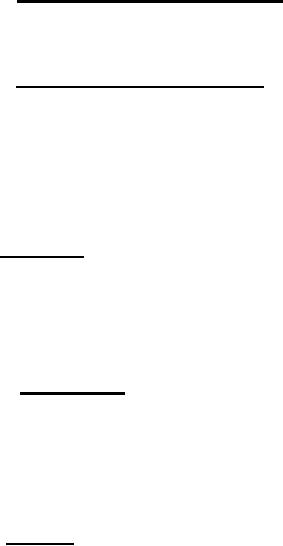 |
|||
|
|
|||
| ||||||||||
|
|  MIL-T-50760(MU)
4.6.1.1 Condensation (low temperature). - Subsequent ot low tempera-
ture and upon stabilization at room temperature (60 to 90F), the tele-
scope shall be thoroughly examined as specified in 3.5.3.1. The require-
ments of 3.5.3.1 shall be met.
4.6.1.2 Storage temperature (+160F). - The testing equipmetn utilized
in this test shall conform to the requirements of 4.6.1. The telescope
shall be placed in the test chamber and the temperature of the chamber
raised gradually to +160F. The telescope shall remain at this tempera-
ture for a minimum of 2 hours. At the completion of this 2 hour period,
the temperature of the test chamber shall be gradually reduced to room tem-
perature. The telescope shall be removed from the test chamber and subjected
to a visual and tactile examination for physical damage. The telescope shall
meet the requirements of 3.5.1.
4.6.2 Vibration. - Standard vibrating equipment capable of providing
the amplitude and frequency as specified in 3.5.2 shall be utilized for
the vibration test. Unless otherwise specified, the test equipment shall
be in accordance with MIL-F-13926. The telescope shall be vibrated in the
direction and conditions specified in 3.5.2. Upon completion of the vibra-
tion test, the telescope shall be subjected to the visual examination speci-
fied in 4.6.2.1.
4.6.2.1 Examination. - Subsequent to vibration, the telescope shall be
thoroughly examined for physical defects prior to being subjected to the re-
maining tests specified herein. A visual examination shall be conducted ex-
ternally and internally for missing or damaged parts, with particular att-
ention to lenses, prism and reticle. Any one of the possible defects de-
fined above shall be cause to consider the telescope defective. Telescopes
which have passed the above examinations shall be subjected to the tests
specified in 4.6.3 through 4.6.8 inclusive.
4.6.3 Sealing. - Internal pressurizing of the telescope to test sealing
shall be performed using dry nitrogen gas having a dew point at least as low
as -25F and special testing equipment conforming to 4.5.2.3.2. The tele-
scope shall be pressurized to the requirements of 3.5.3 in accordance with
the procedure for internal pressure testing of Drawing F8565556. Maintain
the applied pressure for the time period specified. Any evidence of leak-
age in the telescope at the enc of the 2 hour time period shall not exceed
the tolerance specified in 3.5.3, as measured on the pressure gauge of the
testing equipment. Upon satisfactory completion of this test, disconnect
the pressure tester adapter from the telescope. The body sealing screw
shall be assembled to the telescope immediately so as to maintain a nitro-
genized atmosphere within the telescope.
9
|
|
Privacy Statement - Press Release - Copyright Information. - Contact Us |